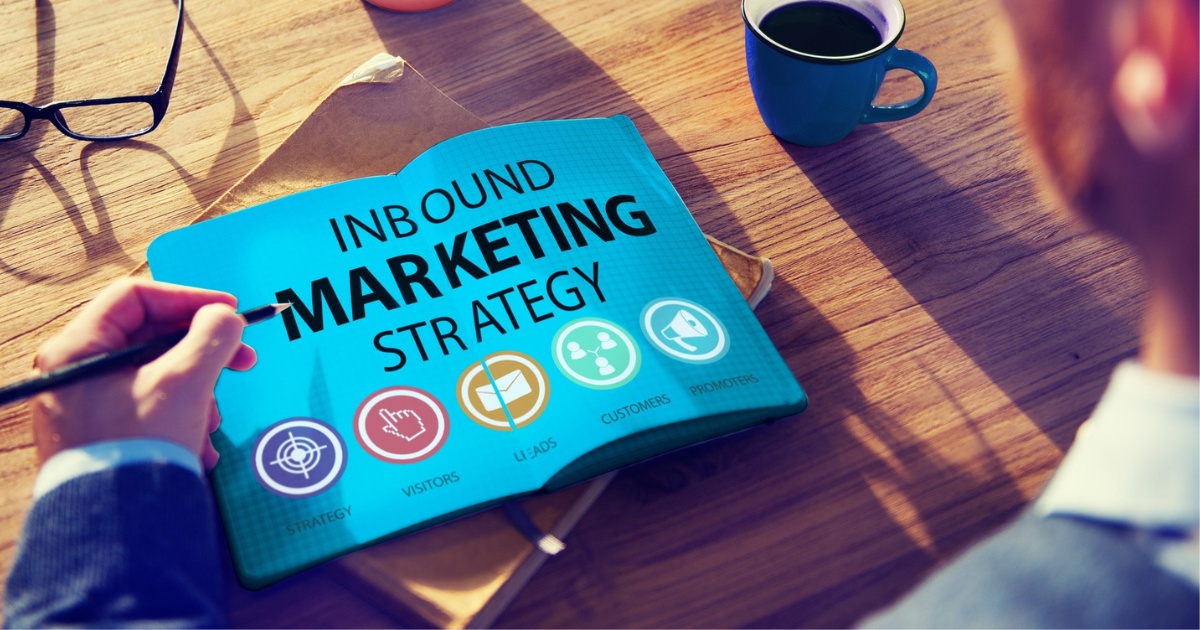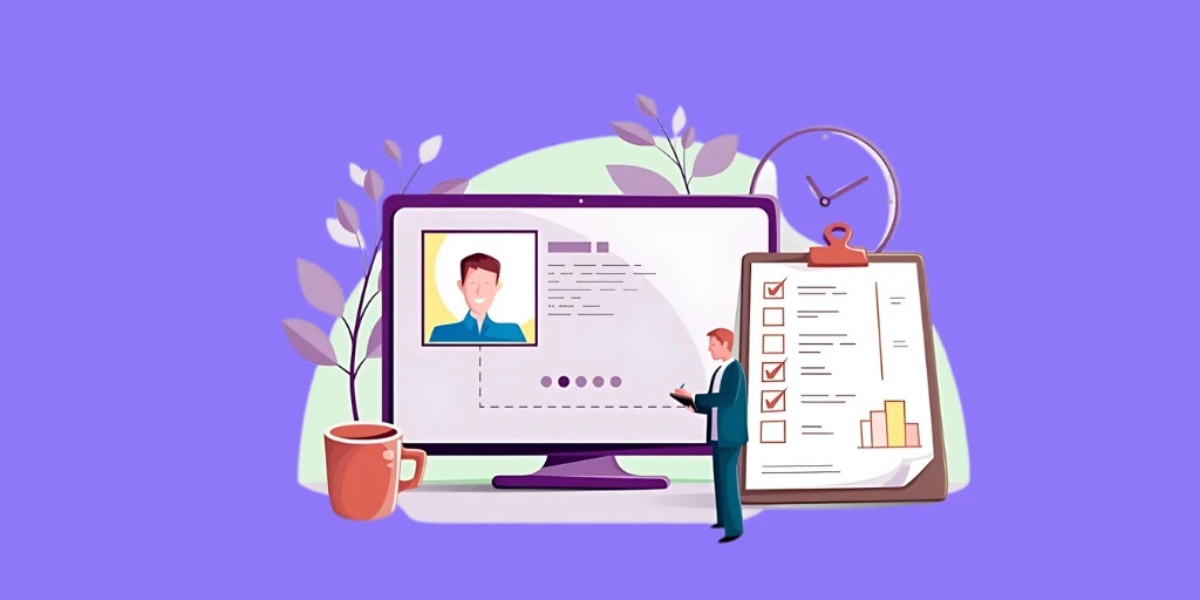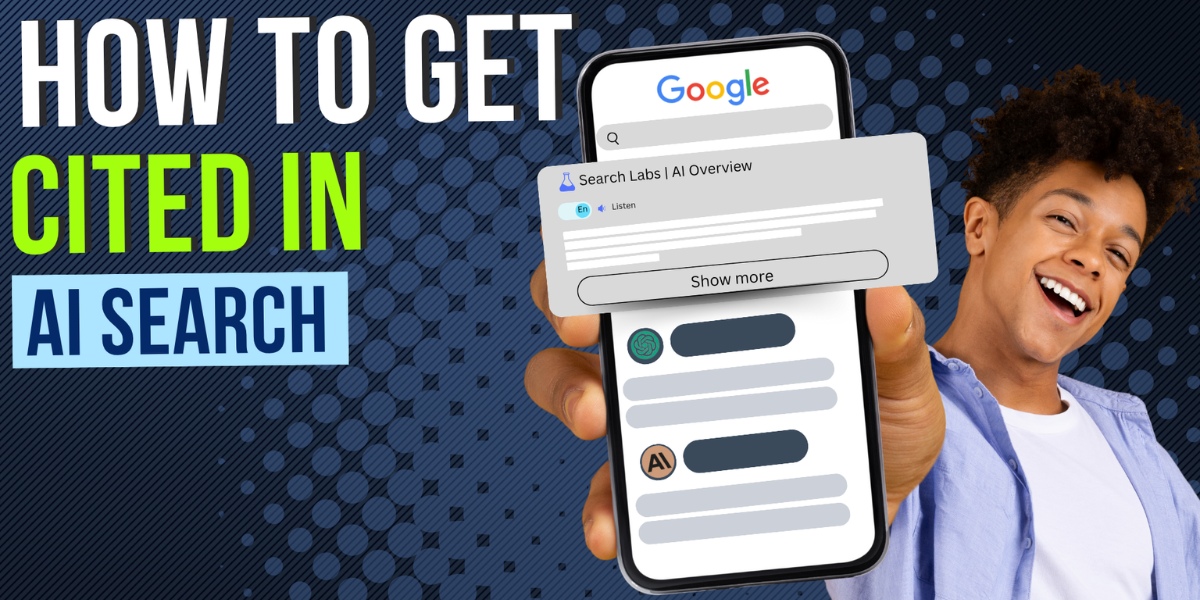Gone are the days of cold calls and intrusive ads—today’s customers crave valuable content that solves their problems, not sales pitches.
That’s where inbound marketing shines, flipping the script on traditional outbound marketing by attracting your target audience through helpful blogs, social media posts, and SEO-optimized resources they actually want.
Think of it as building a magnet, not a megaphone: instead of shouting into the void, you create quality content that pulls in organic traffic while guiding prospects through the buyer’s journey.
At VH Info, we’ve helped SaaS companies boost brand awareness and fill their sales funnel with qualified leads using strategies like email campaigns, data-driven articles, and customer journey mapping.
This guide breaks down how to create an effective inbound marketing strategy—from content creation hacks to analytics that reveal what’s working—so you can turn strangers into loyal customers without the guesswork.
Let’s dive into the tools and tactics that make inbound marketing work, whether you’re aiming for website traffic spikes or lasting business growth.
What Is Inbound Marketing?
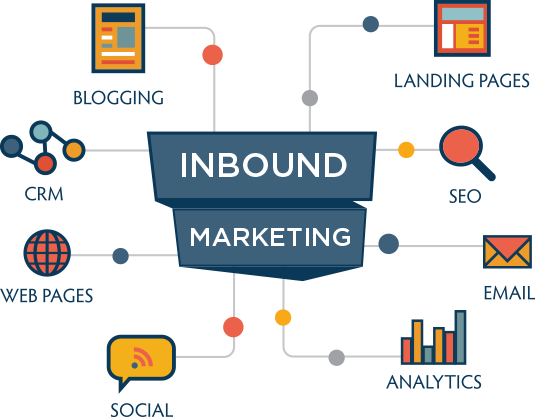
Inbound marketing represents a fundamental shift from traditional outbound marketing methods.
Rather than interrupting potential customers with direct advertisements, inbound marketing focuses on creating and distributing valuable content specifically designed to attract your target audience.
This marketing approach aims to draw interested prospects to your website through content marketing, social media marketing, search engine optimization, and other tactics that align with the customer journey.
Unlike traditional outbound marketing that pushes messages at consumers regardless of their interest level, inbound marketing pulls interested prospects toward your business by addressing their specific needs with helpful content.
The methodology centers on earning attention rather than buying it, building trust through quality content, and nurturing relationships throughout the entire customer journey.
Why Is Inbound Marketing Important?
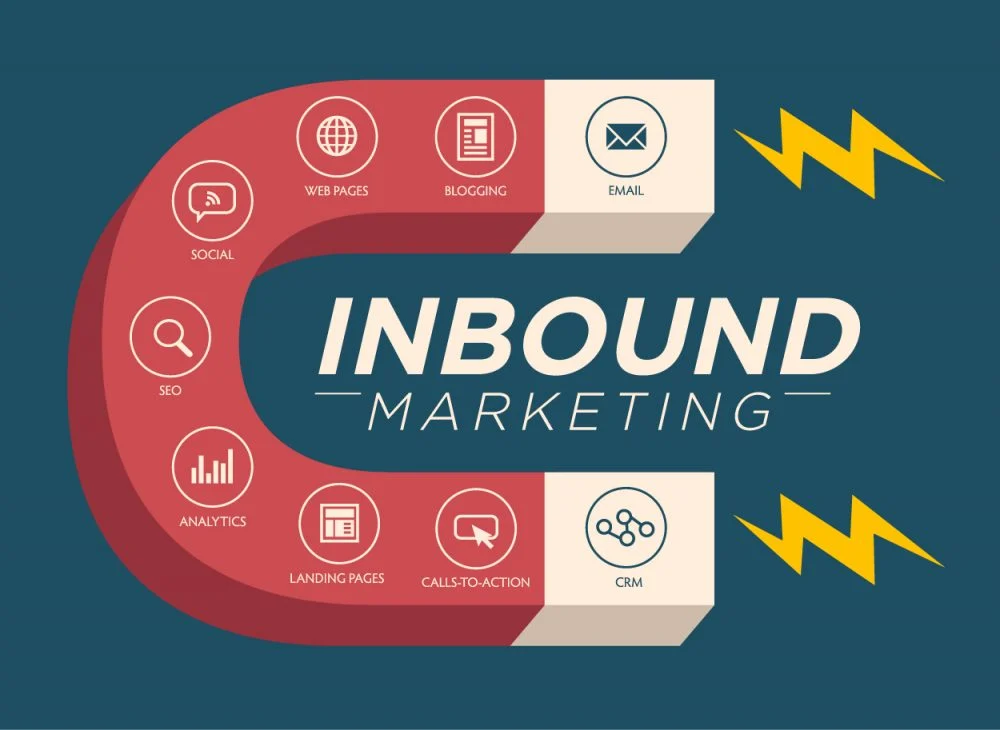
Inbound marketing has become important for businesses seeking sustainable growth in the digital era.
- First, it aligns perfectly with how modern consumers research and make purchasing decisions. Today’s buyers complete significant research before contacting sales teams, making quality content essential for influencing their decision-making process.
- Second, inbound marketing generates higher quality leads compared to outbound marketing efforts. When potential customers find your content through organic search or social media, they’re already interested in solutions you provide. These warm leads convert at higher rates than those targeted through cold calling or mass advertising.
- Third, inbound marketing builds credibility and trust through consistently providing valuable resources. As you establish your brand as a helpful authority, you create a foundation for long-term customer relationships.
Additionally, inbound methodologies typically deliver better ROI than traditional marketing by focusing resources on creating assets that continue generating leads over time rather than temporary campaigns with limited lifespans.
Key Components Of An Inbound Marketing Strategy
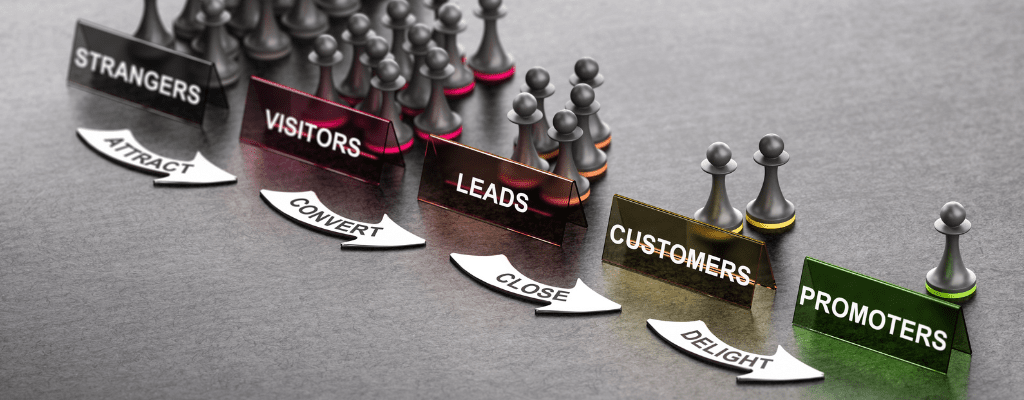
Effective inbound marketing strategies depend on several key parts.
Understanding Your Target Audience
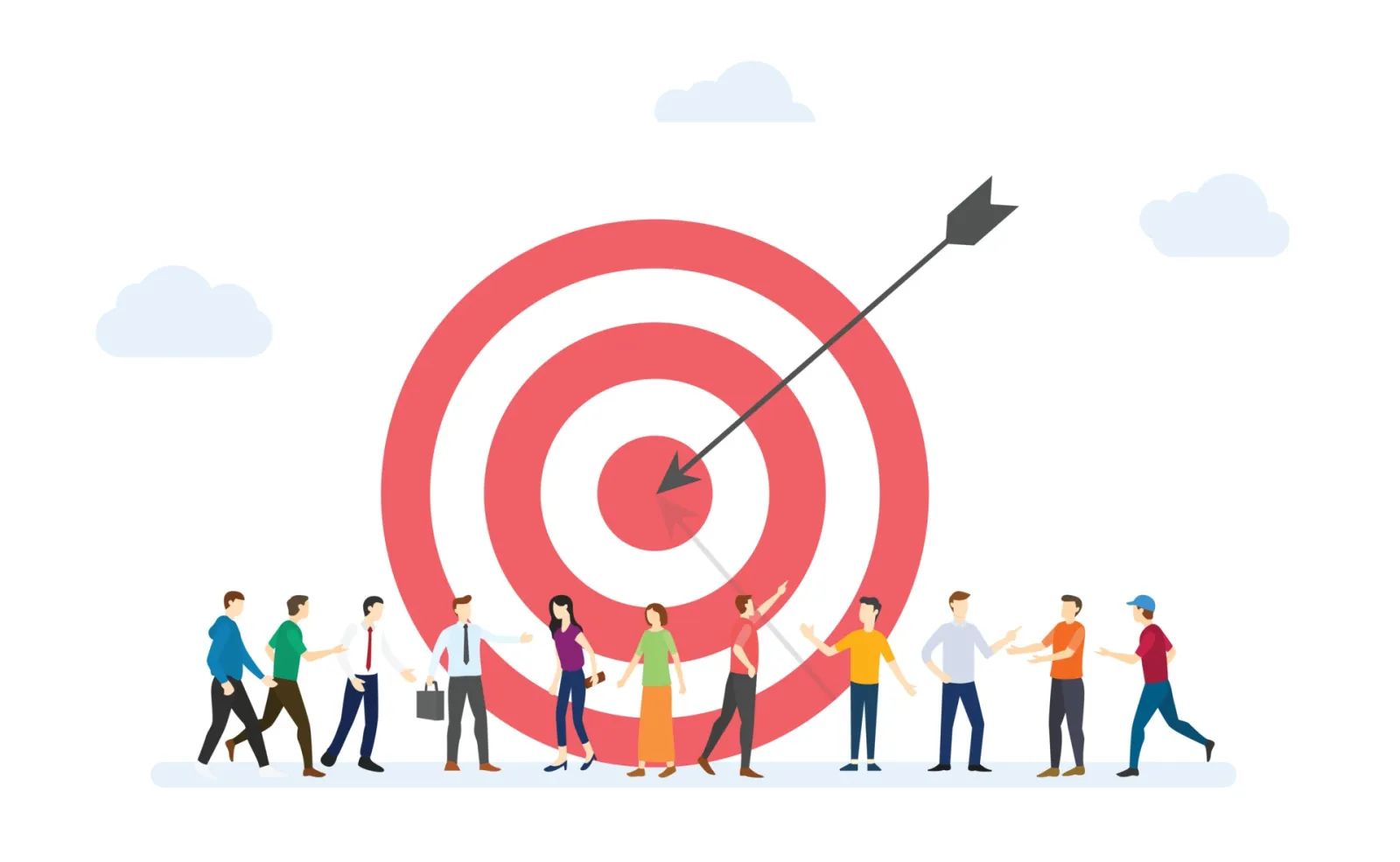
The foundation of any successful inbound marketing strategy starts with deeply understanding your target audience.
Creating detailed buyer personas helps identify your ideal customers’ pain points, challenges, goals, and information-seeking behaviors. This knowledge allows you to create content that resonates on a personal level.
At VH Info, we recommend gathering data from your current customers through surveys and interviews to inform these personas. Your marketing team should regularly revisit and refine these profiles as you gain more insights about your audience. Remember that different stages of the buyer’s journey require different types of content, so map your content strategy to address questions at each phase.
Search Engine Optimization (SEO)
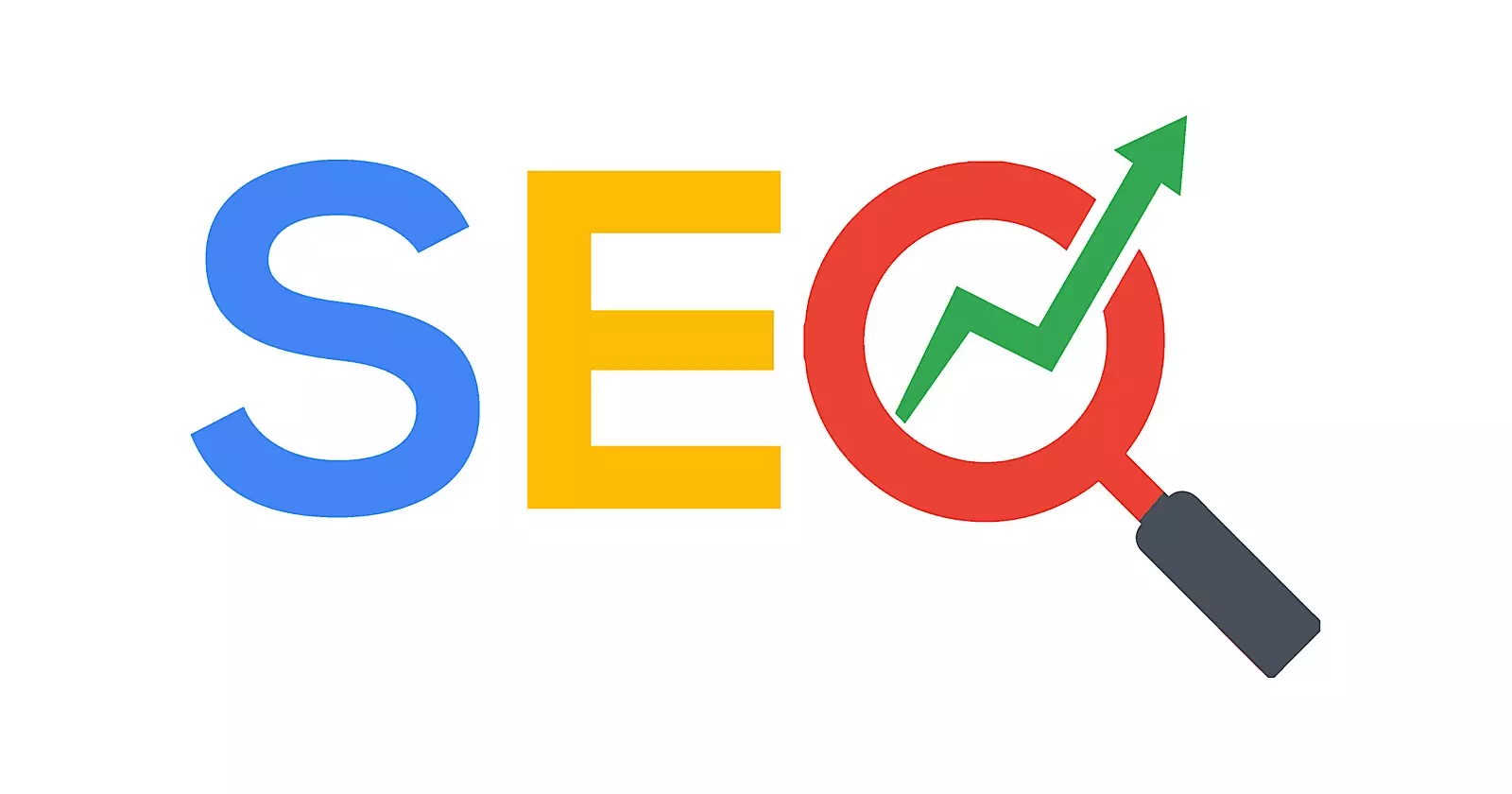
SEO forms a critical component of inbound marketing, ensuring your content reaches potential customers who are actively searching for solutions.
Effective search engine optimization starts with thorough keyword research to identify relevant keywords your target audience uses. Optimizing your content for these terms improves your visibility in search engine results and drives organic traffic to your website.
Beyond keywords, technical SEO elements like site speed, mobile-friendliness, and proper metadata contribute to higher rankings.
Creating comprehensive, in-depth content that thoroughly answers searchers’ questions will typically outperform shallow content trying to game the algorithm. Building quality backlinks through relationship-based outreach further strengthens your SEO foundation.
Content Creation

Content creation serves as the engine powering successful inbound marketing.
Your content marketing efforts should focus on producing high-quality, informative resources that address specific pain points and questions your target audience has. Blog articles, white papers, case studies, and video content represent just a few effective formats. The most successful content provides genuine value, positioning your brand as a trusted resource rather than simply promoting your products.
Content that educates, solves problems, or offers unique insights tends to best attract and convert leads. Consistency matters too – regular publishing signals to both search engines and your audience that you’re a reliable source of up-to-date information.
Social Media Marketing

Social media marketing amplifies your inbound efforts by extending content reach and facilitating meaningful engagement with your audience.
Different platforms serve different purposes – LinkedIn might work best for B2B thought leadership while Instagram could better showcase your company culture and visual content.
Effective social media marketing requires more than simply broadcasting content. Engaging with followers, participating in relevant conversations, and building a community around your brand creates deeper connections.
Social media also provides valuable feedback channels to better understand what content resonates with your audience.
Email Marketing

Email marketing is one of the best tools for helping leads. It works well through the sales funnel. You can build an email list of interested people. This lets you send targeted content right to their inbox. This keeps your brand in their mind as they decide.
Good email campaigns divide subscribers by their interests and actions. They also look at where the buyer is in their journey. This makes sure that people get content that fits their needs. They do not get general messages that are not useful.
Automated email sequences help leads follow a clear path. These emails provide more detailed info as leads get closer to buying something.
Analytics and Optimization

Analytics are very important for improving inbound marketing. They help you track key numbers. This tells you what is working and what is not. It also shows where to put your marketing efforts for the best results.
Tools like Google Analytics give you information about website traffic, how content does, and conversion rates. You should regularly check this data to keep improving your strategy.
Testing different methods—like headlines, content types, or call-to-action spots—gives you the data needed to get better results over time. This way of working makes sure your inbound marketing strategy changes based on real performance, not guesses.
How Does Inbound Marketing Work?
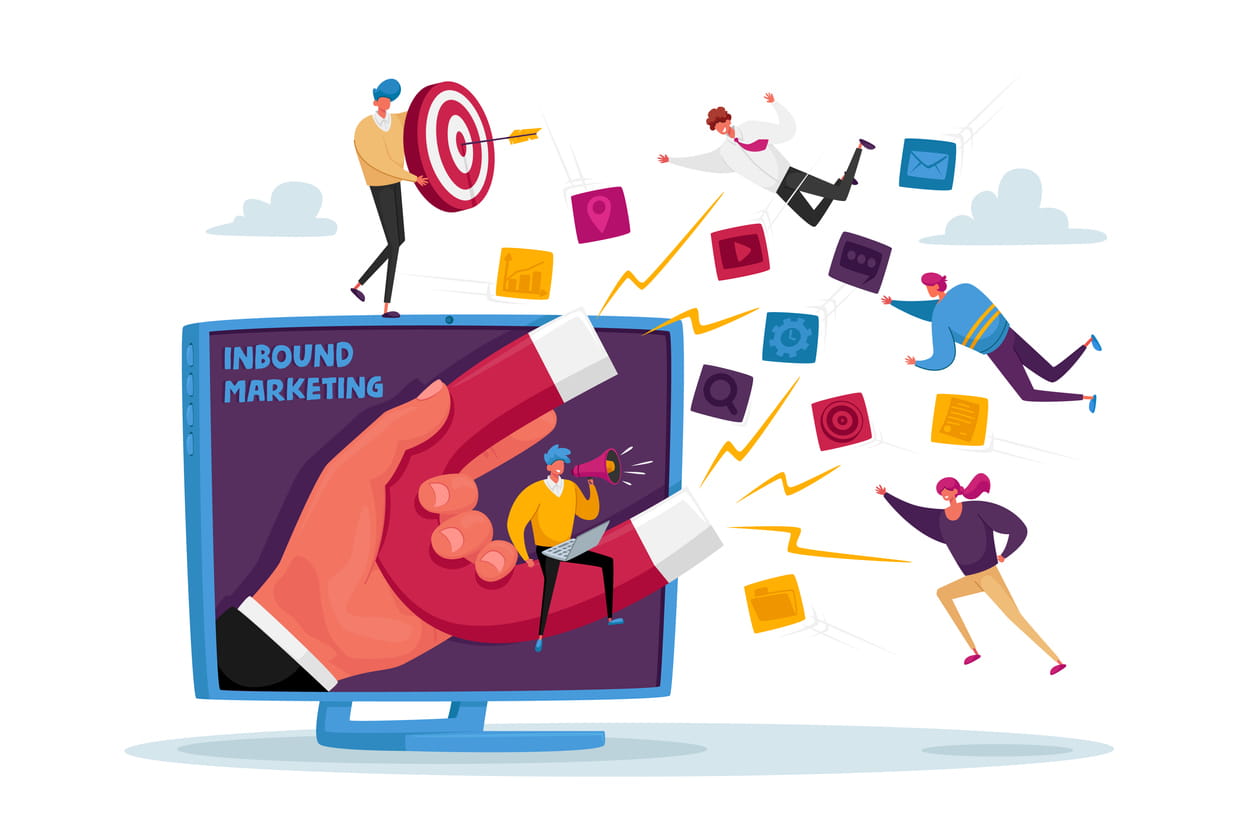
Attract
The first stage of inbound marketing focuses on drawing potential customers to your website through valuable content.
This involves creating blog posts, videos, and social media content optimized for relevant keywords your target audience searches for. The goal is to address common questions and pain points they experience, positioning your brand as a helpful resource.
Content at this stage should be educational rather than promotional, focusing on building awareness of both the problems your audience faces and potential solutions.
SEO plays an important role here, ensuring your content appears when prospects seek information related to your industry or solutions.
Convert
Once visitors arrive at your site, the conversion stage aims to transform anonymous visitors into identified leads.
This typically happens by offering additional value in exchange for contact information. Lead magnets such as ebooks, templates, webinars, or free tools provide specific solutions to problems identified in the attract stage.
Effective conversion requires strategic placement of calls-to-action, landing pages optimized for conversion, and forms designed to minimize friction. The key is balancing the value offered against the information requested – asking for too much too soon can dramatically reduce conversion rates.
Close
The close stage focuses on nurturing leads until they’re ready to become customers. Email marketing campaigns tailored to different segments play a major role here, providing increasingly specific information about how your solution addresses their unique challenges.
Case studies, product demonstrations, and consultation offers help prospects evaluate whether your solution fits their needs.
Marketing automation tools can help scale this process, delivering the right content at the right time based on lead behaviors and engagement patterns.
Integration between marketing and sales teams becomes particularly important at this stage to ensure a smooth handoff of qualified leads.
Delight
The inbound methodology doesn’t end with making a sale.
The delight phase focuses on turning customers into promoters through exceptional customer service and ongoing value. Providing helpful resources, soliciting feedback, and creating a community around your brand helps maintain relationships long after the initial purchase.
Satisfied customers become powerful marketing assets, providing testimonials, referrals, and positive word-of-mouth that fuels further growth. Content targeting existing customers helps maximize retention and lifetime value while encouraging advocacy.
Inbound Marketing Strategies To Drive Business Growth
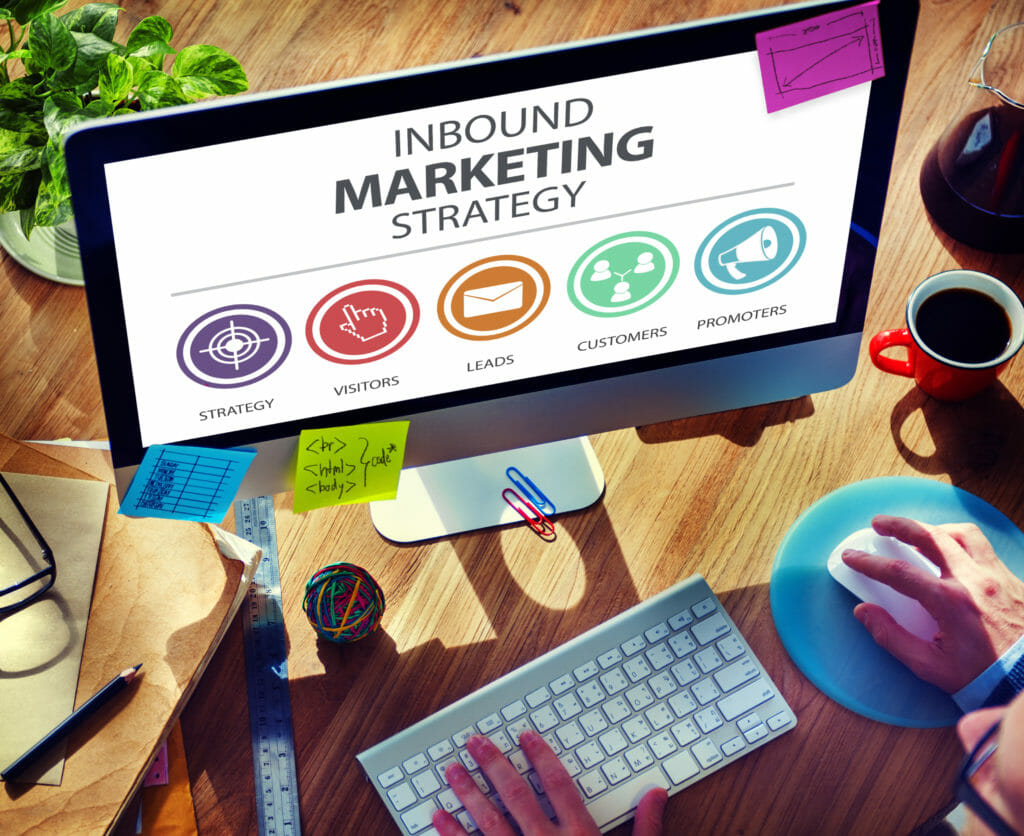
Effective inbound marketing strategies are important for business growth.
1. Use Facebook To Create A Target Persona
Facebook gives great insights about its users. This data is key for improving your target groups. The site shows details like age, interests, and habits. This helps you make better profiles of your best customers.
With this data, you can adjust your content. You can focus on the needs and likes of each group.
2. Survey Your Current Customers and Leads
Direct feedback from your current customers gives you great ideas for your inbound marketing plan.
Surveys help you find out what drew customers to your product. They also show which content was the most helpful in their decision-making. You can learn what questions they still have.
This information helps you create content that meets real customer needs, not just guessed problems.
3. Conduct In-Depth Interviews To Inform Your Inbound Marketing Efforts
Talking to customers one-on-one gives deep insights that surveys may not catch. These chats show the words customers use for their problems. They also share how they make choices and look at different solutions.
At VH Info, we learned that noting these exact phrases helps us make content that connects with similar future clients.
4. Create and Share Compelling Content
Creating great content is the key part of good inbound marketing. You should focus on making resources that truly help your audience. These resources must solve problems or help reach goals. This can include guides, industry reviews, or useful tools they can use right away.
The best content answers specific questions from your audience. It should not just cover topics in a general way.
5. Writing An Enticing Headline
Headlines are very important. They decide if people read your content or skip it. Good headlines show what value readers will get. They also make readers curious enough to click. Using numbers works great. Asking questions and promising clear benefits is also good.
Always make sure your headline matches the content. Clickbait can bring in quick views, but it hurts trust over time.
6. Write In-Depth Data-Driven Articles
Good content backed by data builds trust and gives real value to readers. Longer pieces often do better than short ones.
They rank higher in searches and have better sales rates. Use original research, quotes from experts, and clear examples to support your ideas. Break tough topics into easy parts with clear headings. This helps people read easily while keeping the important details.
7. Make Your Content More Visual
Visual parts greatly boost interest in your content. Infographics, charts, and videos help explain tough ideas better than words. These images also make your content easier to share on social media.
This helps it reach more people. Simple things like bullet points, bold words, and enough space make it easier to read and remember.
8. Use Storytelling In Your Content
Stories help build strong feelings that facts alone can’t do. Using customer success stories is important.
Relevant examples and personal tales make hard ideas easier to understand. Good storytelling has a clear plan. It shows a problem first. Then, it explains how to fix it. Finally, it shares the good result. This connects back to what your audience faces.
9. Make A Habit Out Of Guest Posting Consistently
Guest posting on well-known industry sites helps you reach new people. It also builds strong backlinks. When you write often for respected sites, it shows your brand is a leader in the field. This can bring more visitors back to your website.
At VH Info, we have seen how smart guest posting boosts SEO results. It also enhances brand trust in the SaaS area.
10. Pitch To Blogs With Engaged Readers
Focus on guest posts for sites that match your target audience. Quality is more important than quantity.
One good post on a relevant site can bring better results. This is better than many posts on less related sites. Look into each site’s style and what their readers like. Check their rules for submissions, too. This helps you get accepted more often.
11. Maximize Your Results From SEO With Keyword Optimization
Strategic keyword use helps your content reach people who are interested. This happens through search engines.
You should use main keywords, but also add related words. Include synonyms and longer phrases that match how people search for your topic. Always focus on making your content easy to read. It is better to have clear language than just a lot of keywords.
Search engines prefer natural writing that truly answers questions from users.
12. Promote Your Content To Build Backlinks
Proactive outreach can help you get the most from your content. Start by finding key people in your field.
Look for influencers, industry magazines, and businesses that could use your content. They might find it valuable for their own audiences. When you reach out, be personal. Explain how your content helps their readers.
This approach usually works better than sending general link requests.
13. Acquire Inbound Marketing Leads With Free Content
Free and valuable resources draw in potential customers. They also collect contact information for future engagement. These lead magnets need to give quick value. They should show how your products or services can help with related problems.
Good examples are templates, checklists, calculators, and detailed guides. These tools help prospects reach their goals.
14. Host A Free Webinar
Webinars are great tools for getting leads. They mix useful content with a personal touch. These sessions let you show your skills. You can also answer questions from your audience. Recording webinars is smart. It gives you lasting content that works for you later.
This is true even after the live event ends. You can make short clips from the recordings for social media to reach more people.
15. Launch An Email Course
Sequential email courses share complex ideas in small bits. They help build habits of engaging with your content. These automated email sequences nurture leads over time. They introduce your solutions as a natural follow-up to the learning material.
By structuring courses to tackle specific problems, you can qualify leads better. This is based on how much they engage with the content.
16. Start An Influencer Marketing Campaign
Working with trusted voices in your field helps spread your message. This reaches audiences that already trust them.
Good influencer marketing is about real connections. It is not just about quick ads. Focus on how people engage with posts. Also, think about whether their audience matches yours when picking partners.
17. Build Relationships With Influencers
Successful teamwork with influencers begins by building real relationships. This should happen before any promotion requests.
First, engage with their content. Share their work and look for ways to help them. Do this before suggesting any partnerships. When you build this strong base, it leads to better teamwork. Their followers will see these as real tips, not just paid ads.
18. Build Effective Email Campaigns
Email marketing is smart. It helps grow leads with personal messages. You should split your email list by interests and actions. This way, you can send the right content to each person. Try different subject lines and times for sending emails.
Also, change the content format. These tests will help improve your results over time.
19. Send Helpful Content To Subscribers
Your email content should focus on value, not just selling. This will keep the helpful style that drew in subscribers.
Each message needs a clear goal. It can educate about industry trends or give useful tips. You can also share success stories from customers. Use one clear call-to-action in each email. This helps guide readers to the next step.
It keeps things simple and does not confuse them with too many choices.
20. Stick With Email Marketing For The Long Term
Email marketing works best with steady effort over time. It is not about random campaigns.
To build trust, you need to share valuable messages regularly. This shows that you care about their success. Being present often keeps your brand in their thoughts. When they are ready to buy, they will remember you.
21. Make Your Website Convert Like Crazy By Making It Mobile-Friendly
Mobile optimization affects how well people convert in all inbound marketing. You should test your site on different devices.
This way, every visitor can easily move around your site. They can read content and take actions they want. It does not matter how they reach your site. Focus on making forms easy to use. Check the load times for pages too. Make sure navigation is simple on smaller screens.
23. Drive Conversions With Content Upgrades
Content upgrades give more value linked to what a visitor is already reading. These special resources often convert better than general offers. This is because they meet the specific needs of the visitor.
For example, they can be downloadable templates from blog posts. They can also include detailed case studies or checklists for using ideas in your content.
24. Test and Refine Your Inbound Marketing Strategies
Testing and improving your inbound marketing can lead to great results. You should try A/B testing different parts of your work.
This includes headlines, content types, or spots for your calls to action. Doing this gives you real data about what your audience likes. It is also smart to check key numbers often. This helps you find ways to get better. You will also see which methods work well for growth.
Common Inbound Marketing Mistakes To Avoid
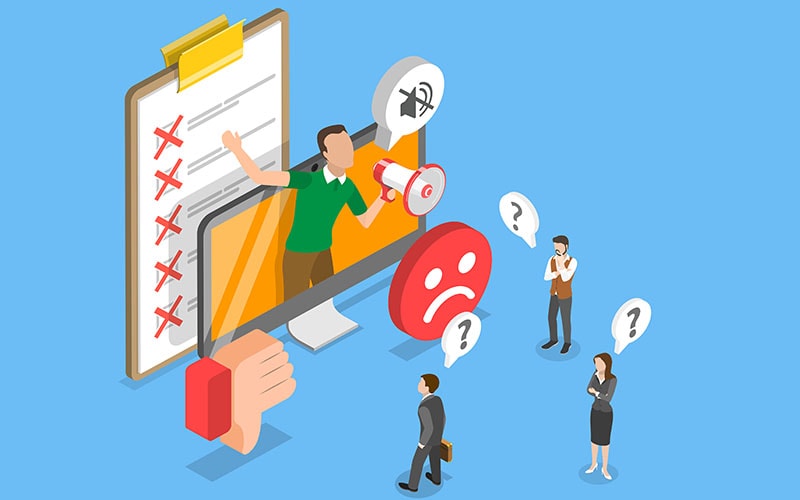
- Ignoring Data Analytics: Many businesses invest in content creation but fail to systematically analyze performance data. Without tracking key metrics like traffic sources, engagement rates, and conversion paths, you’re essentially operating blind. Implement robust analytics from the start, establishing baselines and regularly reviewing trends to inform strategy adjustments.
- Failing To Nurture Leads: Generating leads accomplishes little if you don’t have systems to move them through the sales funnel. Many organizations focus heavily on top-of-funnel content but neglect middle and bottom-funnel resources that address questions arising later in the decision process. Develop content mapping strategies that guide prospects through each stage with increasingly specific information.
- Not Having Clear Goals: Vague objectives like “increase website traffic” lack the specificity needed to guide an effective strategy. Successful inbound marketing requires clearly defined, measurable goals tied to business outcomes. Establish specific targets for metrics like qualified lead generation, conversion rates, and customer acquisition costs to properly evaluate your program’s performance.
Examples Of Inbound Marketing Content
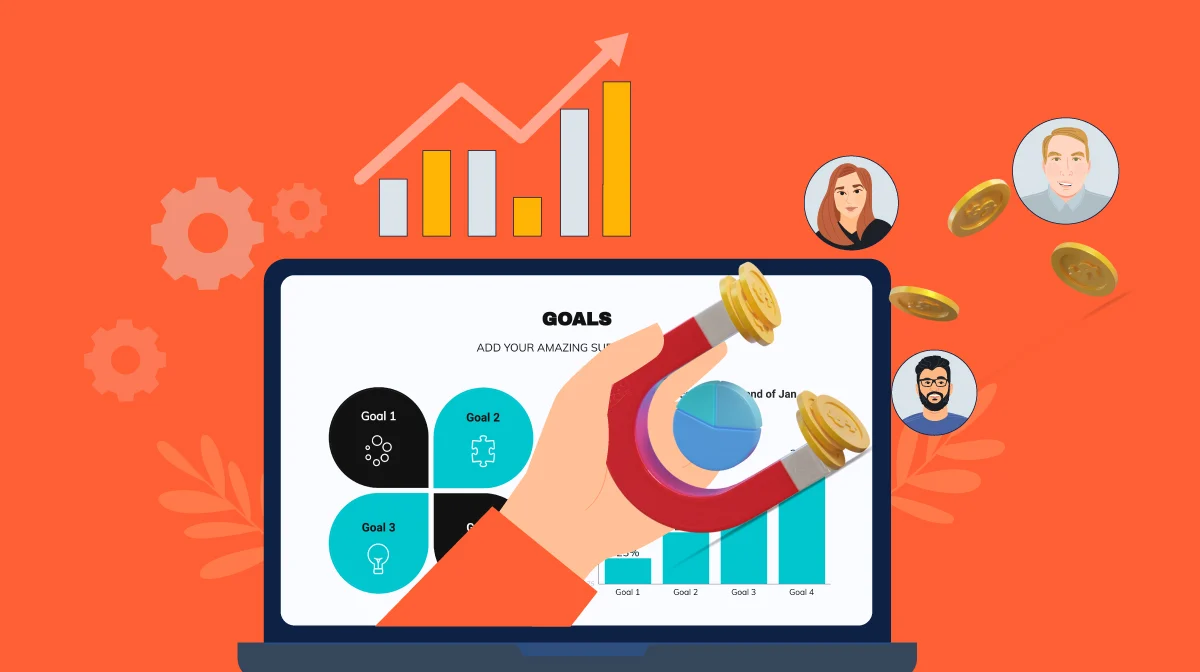
- Blogs: Blog articles serve as foundational content for most inbound marketing strategies. Regular publishing establishes subject authority while addressing different aspects of your audience’s challenges. Structured properly with internal linking, blogs guide readers toward related content and conversion opportunities.
- Videos: Video content continues growing in popularity across all audience segments. Tutorial videos, product demonstrations, and thought leadership interviews engage viewers who prefer visual learning. Even short videos explaining complex concepts can significantly increase engagement compared to text-only resources.
- Infographics: Infographics transform complex data into visually appealing, easily digestible formats. These shareable assets work particularly well for statistical information, process explanations, or comparison content. Their visual nature makes them highly effective for social media distribution and link building.
- Guides/eBooks: Comprehensive guides and eBooks address complex topics that require more depth than blog posts allow. These substantial resources establish thought leadership while serving as effective lead generation tools when gated behind simple forms. Breaking these longer resources into chapters helps readers navigate to sections most relevant to their specific needs.
- Social Media: Strategic social media content extends your reach while facilitating direct engagement with your audience. Different platforms serve different purposes—share industry news on Twitter, professional insights on LinkedIn, and culture glimpses on Instagram. The best social media strategies balance promotional content with purely helpful resources and community building.
- Podcasts and Webinars: Audio and interactive content can reach people who like these formats more than reading. These types of content help build stronger ties through voice and personality. They also let users multitask while enjoying the content. Turning this content into text makes it easier for more people to access. It also helps improve how easy it is to find in searches.
Inbound Marketing Tools

A variety of inbound marketing tools can boost your digital marketing efforts.
Jotform

Form creation tools like Jotform streamline lead capture processes across your digital properties.
Custom forms balanced for conversion optimize information collection without creating friction that reduces completion rates. Integration capabilities ensure captured data flows seamlessly into your CRM and marketing automation systems.
Mailchimp

Email marketing platforms facilitate both broadcast communications and automated nurturing sequences.
Tools like Mailchimp provide templates, segmentation capabilities, and analytics that make email marketing accessible even without technical expertise. A/B testing features help optimize subject lines, sending times, and content formats for improved engagement.
Buffer

Buffer streamlines social media marketing by helping teams schedule posts across platforms, create engaging content, and analyze what resonates with their target audience.
This tool boosts brand awareness through consistent posting while providing analytics to refine strategies—perfect for driving organic traffic without overwhelming your marketing team.
Simplifying content distribution and audience engagement, Buffer becomes a secret weapon in any inbound marketing strategy that focuses on building genuine connections.
Measuring The Success Of Your Inbound Marketing Strategy

Effective measurement looks at numbers that link directly to business goals. Website traffic gives a starting point. However, you should also check engagement numbers like time on page and bounce rates. These help you see how good your content is.
Conversion rates at each stage show how well your content turns visitors into buyers. Lead quality is more important than just counting leads. You should track how leads from different places move through your sales steps.
To find customer acquisition costs, include all marketing work that helps get conversions. Customer lifetime value shows these costs in relation to long-term gains.
Regularly reviewing these figures in relation to your established objectives allows you to implement intelligent adjustments to enhance returns.
FAQ’s:
How Does Inbound Marketing Differ From Traditional Marketing?
Inbound marketing focuses on attracting interested prospects through valuable content, while traditional outbound marketing interrupts audiences with promotional messages.
Inbound emphasizes earning attention rather than buying it, building relationships through helpful resources that address specific audience needs. This approach typically generates higher quality leads at lower cost per acquisition than traditional methods.
What Makes Inbound Marketing A Game-Changer In Digital Marketing?
Inbound marketing fits well with how today’s buyers look for information and make choices.
By giving useful content at every step, businesses gain trust. They also show their skills before potential customers reach out to sales.
This way of doing things helps create steady growth. It builds resources that keep bringing in leads over a long time, not just short campaigns that end quickly.
Can Inbound Marketing Work For Small Businesses?
Absolutely. Inbound marketing often works exceptionally well for small businesses with limited marketing budgets.
Creating quality content requires more time than money, allowing smaller organizations to compete with larger competitors based on expertise rather than advertising spend.
Starting with focused efforts addressing your most valuable customer segments typically delivers the best initial results.
How Important Is Content Quality In Inbound Marketing?
Content quality directly determines inbound marketing success. High-quality, genuinely helpful content attracts more organic traffic, earns more social shares, and converts at higher rates than superficial content created primarily for search engines.
Investing in fewer, more comprehensive resources typically outperforms publishing larger volumes of lower-quality content.
How Can I Effectively Answer Customer Questions In My Content?
Start by cataloging questions from current customers, sales calls, and industry forums.
Group these questions by buyer journey stage and persona to identify patterns. Create content that thoroughly answers each question, including context about why the question matters and different scenarios that might affect the answer.
Using the exact language your customers use when asking these questions improves both search visibility and resonance.
What Are The Key Steps To Analyzing and Optimizing My Inbound Marketing Strategy?
Begin by establishing clear KPIs aligned with business goals. Implement tracking for these metrics across all channels and content types.
Schedule regular reviews comparing performance against benchmarks and goals. Identify both underperforming elements needing improvement and successful approaches to expand.
Develop hypotheses about potential improvements, test them systematically, and implement successful changes broadly.
Conclusion
A comprehensive inbound marketing strategy transforms how businesses attract, convert, and delight customers in today’s digital landscape.
Creating valuable content for your audience assists them on their purchasing journey. This not only fosters sustainable growth but also generates quality leads for your business while positioning your brand as a credible expert.
Success needs a promise to make good content all the time. It also needs smart promotion in the right places. Plus, it requires ongoing changes based on how well things are working. The best ways mix quick lead generation with building a strong brand over time. This is done by sharing truly helpful resources. At VH Info, we have helped many SaaS companies use good inbound marketing plans.
These plans lead to real business growth. Our skilled team works on making plans that fit your business goals and the needs of your target audience.
Reach out to us today to find out how we can help your business grow using inbound marketing for lasting success and better customer gain.
